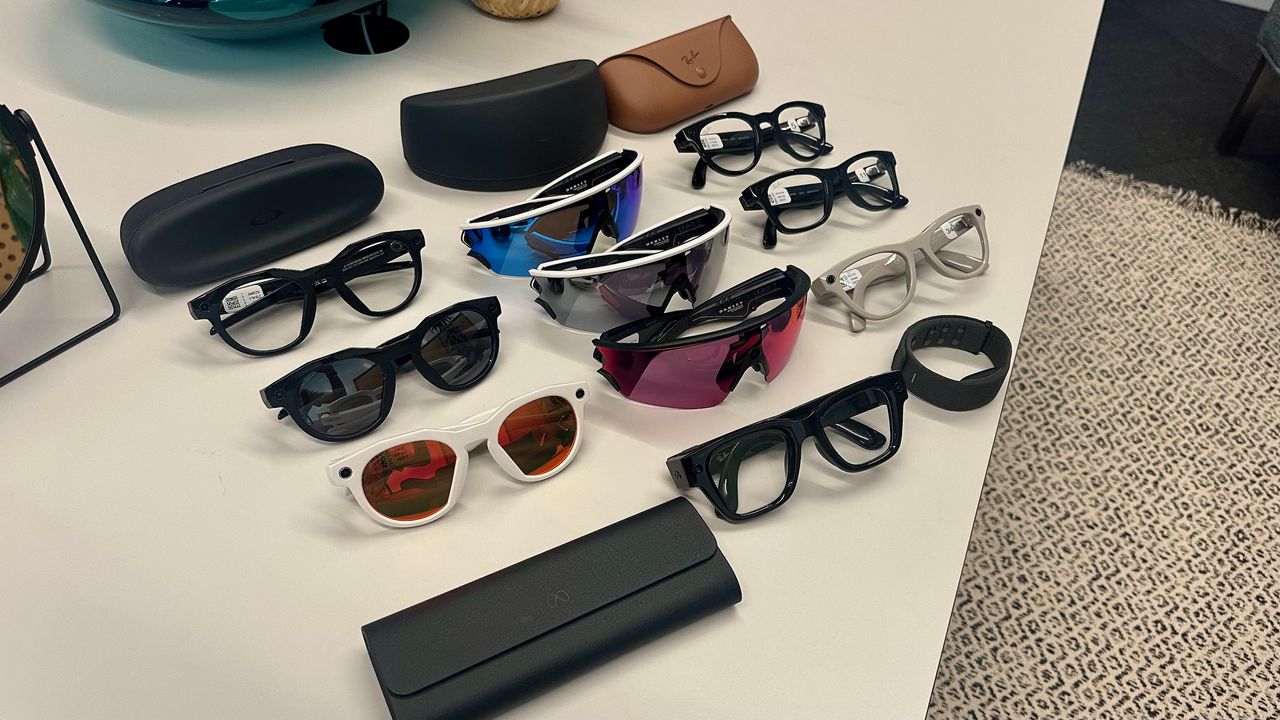
The best, made better
Ray-Ban Meta Gen 2 one-up the initial model by doubling the battery life and adding high-quality 3K video recording. It's better suited for causal wear than Oakley Meta glasses, with the iconic Wayfarer, Headliner, and Skyler styles. You also get prescription lens support, which isn't available on Oakley Meta Vanguard.
Pros
- Lighter design and more casual style
- Supports prescription lenses
- Long battery life with eight hours on a single charge
- Cheaper than Vanguard, starting at $379
- 3K camera for high-res photos and videos
Cons
- Comfort and overall designed is unchanged compared to Gen 1
- Only IPX4 water-resistance
- Lacks sporty design and fitness features
Athletes only
Runners, cyclists, and general athletes will need more from smart glasses eventually, and that's where Oakley Meta Vanguard comes in. It's based on an iconic Oakley style (Sphaera) designed for athletes and adds a central 3K camera for photos and videos, speakers and microphones, and long battery life. Everything about Vanguard is made with workouts in mind, from the sweatproof design to the Garmin integration.
Pros
- 12MP camera that can record 3K videos
- IP67 rating against dust and water ingress
- Longer battery life with up to nine hours on a single charge
- Louder open-ear speakers compared to Ray-Ban Meta
- Meta AI, Strava, and Garmin Connect support
Cons
- Not as stylish or compact as Ray-Ban Meta
- You can only use Garmin integration with certain workout types and watches
- No option for Transitions or prescription lenses
- Pricey
Meta was hard at work refreshing its smart glasses portfolio over the last few months, starting with the Oakley Meta HSTN launch in the summer. Then, it brought HSTN improvements to second-generation Ray-Ban Meta glasses and added Oakley Meta Vanguard to the lineup. You might be choosing between Ray-Ban Meta Gen 2 and Oakley Meta Vanguard if you're a sporty user, but which one is best?
It's a complicated question, because Vanguard is better at one thing — improving your workouts — whereas Ray-Ban Meta Gen 2 are clearly the more versatile option. As such, if you want a pair of smart glasses for everyday wear and the occasional workout, Ray-Ban will likely serve your needs best. On the flip side, if you need the best smart glasses for workouts, that's going to be Vanguard.
Let's compare all the differences between Ray-Ban Meta Gen 2 and Oakley Meta Vanguard to help you decide.
Ray-Ban Meta (Gen 2) vs. Oakley Meta Vanguard: Pricing and availability
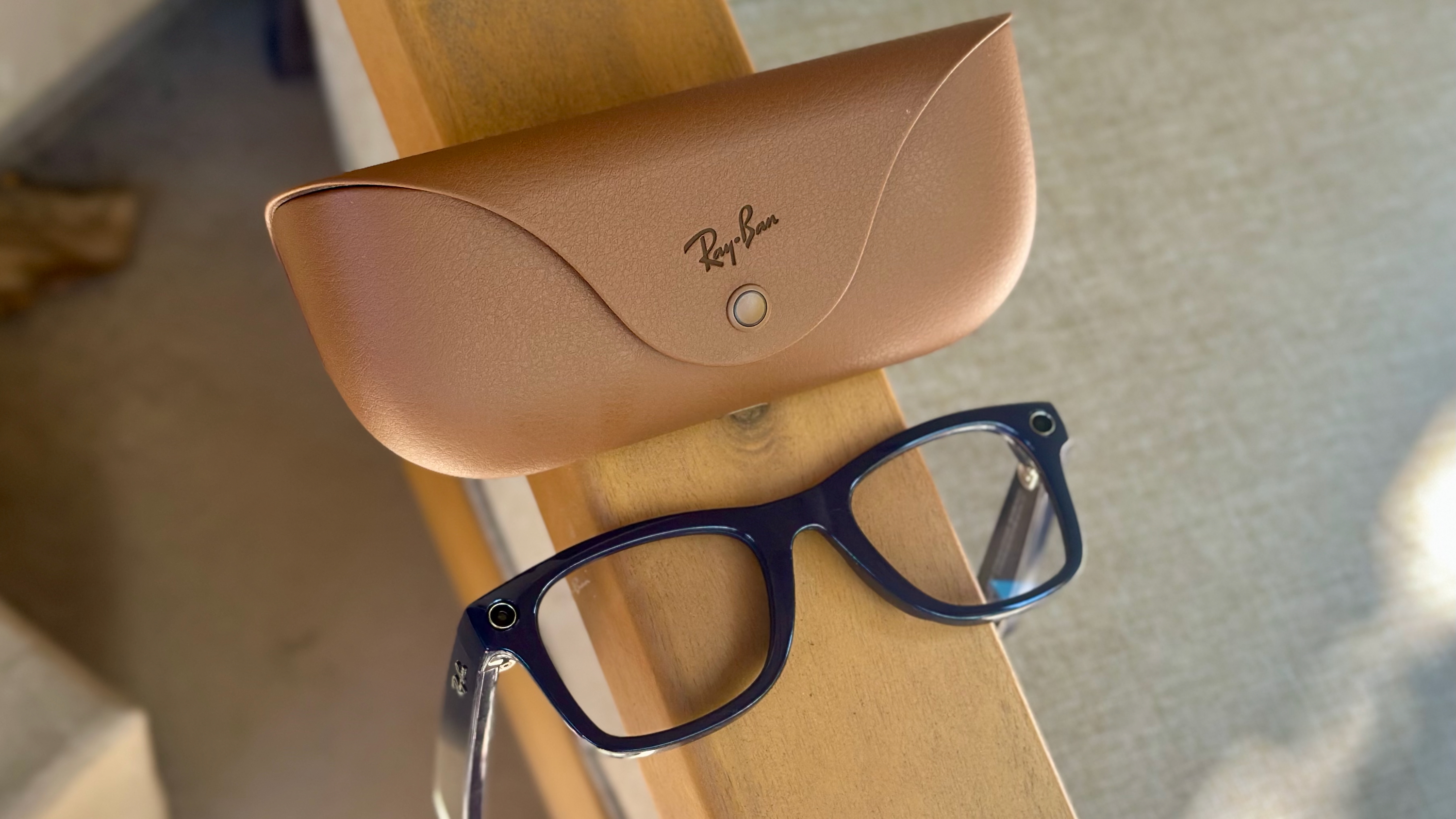
Meta launched the Ray-Ban Meta (Gen 2) smart glasses at Connect 2025, and they're now widely available for purchase. You can buy Ray-Ban Meta (Gen 2) now online and at retail partners starting at $379. Unlike the Oakley Meta Vanguard, there are three different styles to choose from here: Wayfarer, Skyler, and Headliner. Additionally, prescriptions between -6.00 and +4.00 are compatible.
By comparison, Oakley Meta Vanguard are a bit pricier, with a flat $499 price tag. There are a handful of Vanguard frame and lens colors, but the smart glasses only come in one style. While you can swap out the lenses as you please, you're stuck with the side colorway forever, so choose wisely. These smart glasses aren't available with prescription lenses. You can find them at Meta, Oakley, and partner retailers.
Ray-Ban Meta (Gen 2) vs. Oakley Meta Vanguard: Design and features
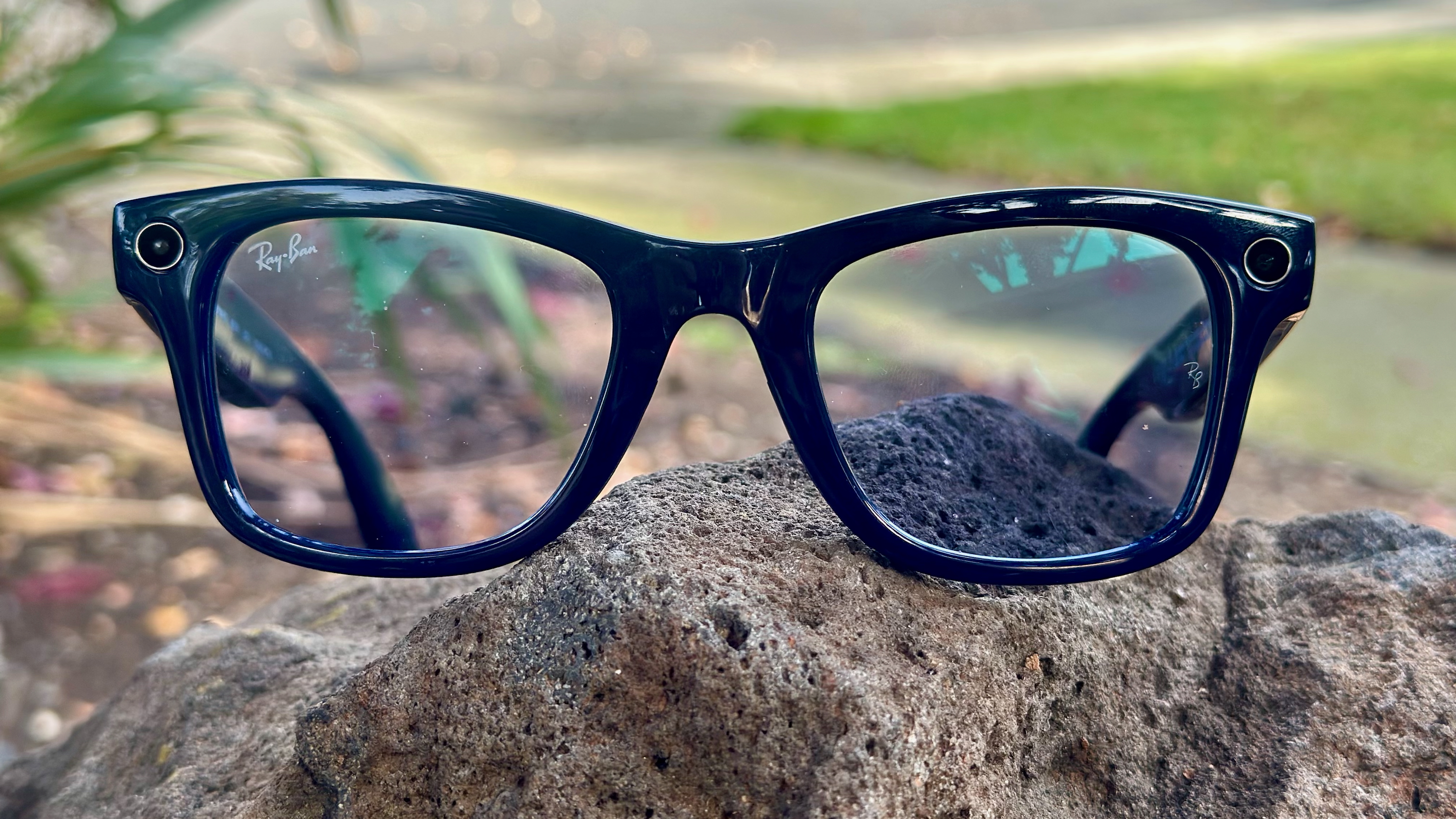
If you're familiar with Ray-Ban Meta Gen 1 smart glasses, it'll be helpful to know that the Gen 2 revision retains an identical frame design. Whether that's a good or bad thing might depend on whether you found the first-generation model comfortable or not. There are still Wayfarer, Skyler, and Headliner styles available, as well as large and regular sizes for Wayfarer. Ideally, there are a lot of frame options that'll help users find a good fit.
The Ray-Ban Meta (Gen 2) glasses did cut a bit of weight this generation, coming in at 48 grams. That's only a four-gram difference compared to Gen 1, but it's a bigger deal when you compare the smart glasses to the new Oakley Meta Vanguard. The latter weighs 66 grams, and while it does offer silicone nose pads for a better fit, Vanguard is still heavy.
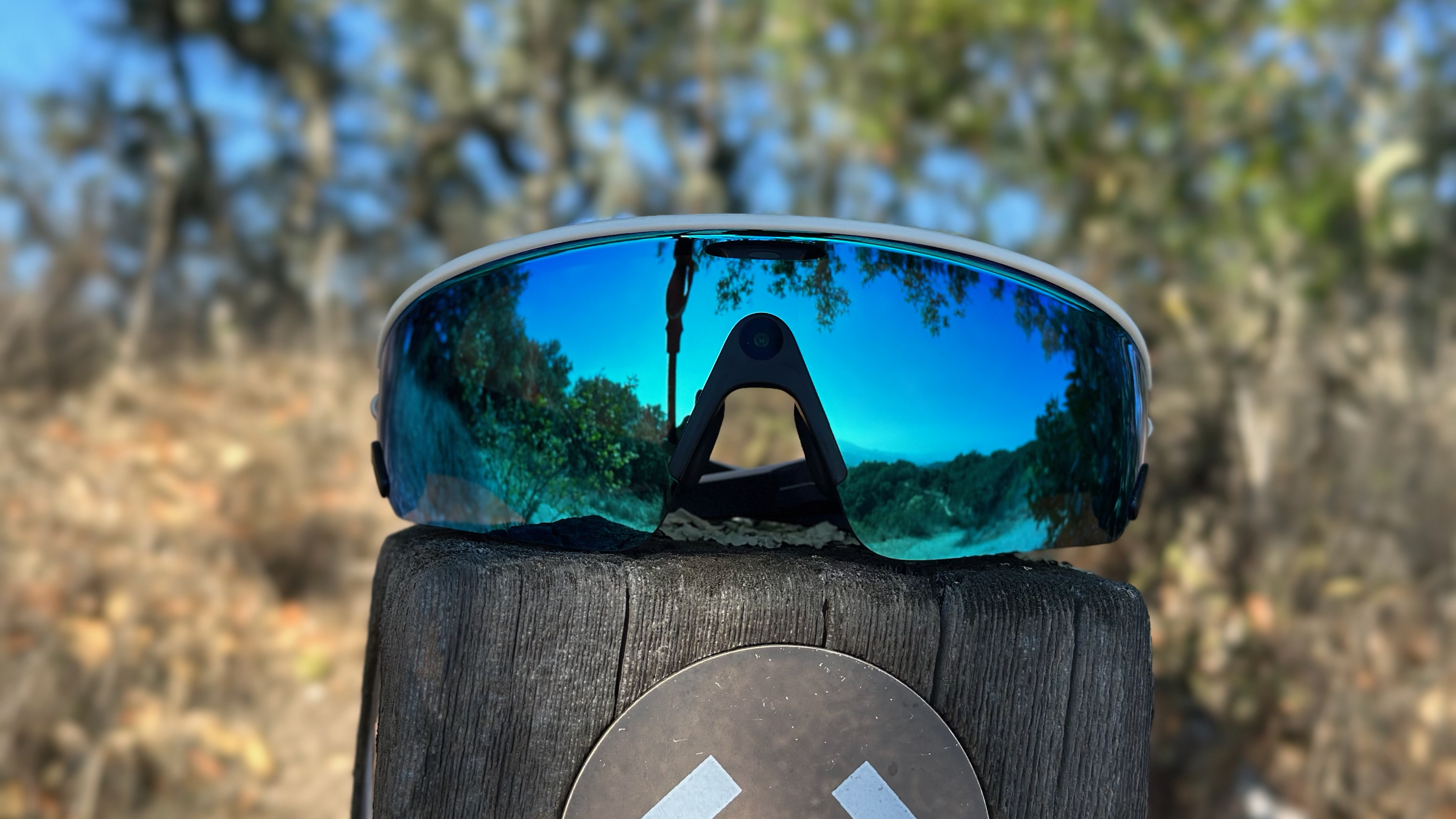
Then, there's the difference in look. Oakley Meta Vanguard has one singular curved lens that wraps around the sunglass frames. Of course, this is quite the contrast compared to the Ray-Ban Meta (Gen 2). That's amplified by the fact that there are no clear, prescription, or Transition lenses available for Vanguard. They're only available as sunglasses, though you can swap the lens color for a different one at a later date.
Vanguard are giant overall, sporting a hinge-to-hinge length of 136mm and a lens height of 59mm. Being that the Ray-Ban Meta Gen 2 glasses are smaller and support polarized, clear, prescription, and Transition lenses, they'll fit in more places. They could also be more comfortable than Vanguard.
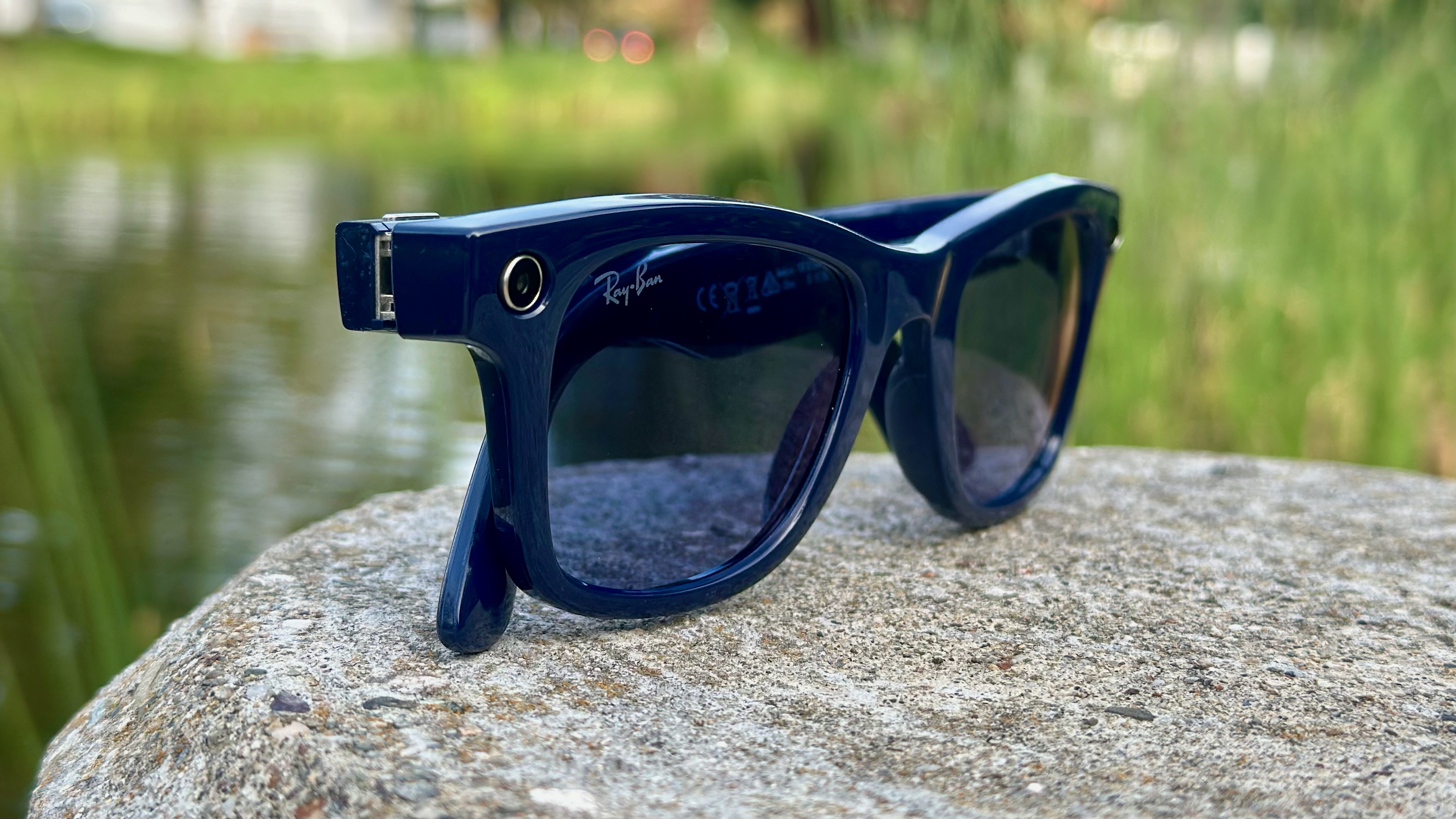
Notably, the Oakley Meta Vanguard has its camera in the center of the frame, which will provide a better POV-style recording perspective. On the Ray-Ban Meta (Gen 2), the camera is beside the right lens. Both smart glasses have open-ear speakers on the temple, but the Vanguard's speakers are louder.
Ray-Ban Meta (Gen 2) vs. Oakley Meta Vanguard: Hardware and specs
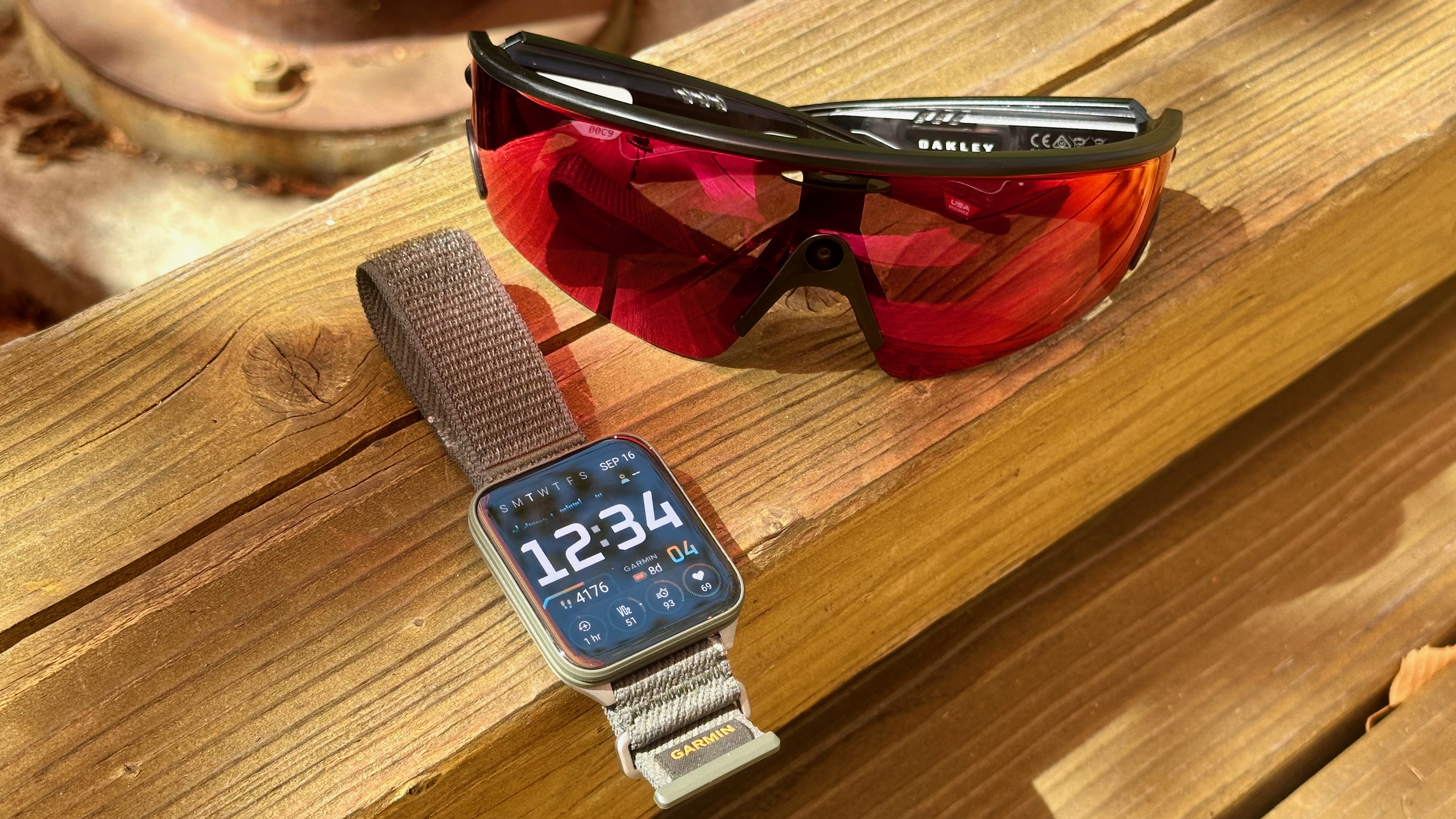
Meta smart glasses generally feature the same technology on the inside — the major differences come in the frames and styles. However, the Oakley Meta Vanguard does have a few tricks that other Meta smart glasses don't. For one, it offers the longest battery life, up to 9 hours on a single charge. Vanguard also has an IP67 rating for full dust and water-resistance, while the Ray-Ban Meta (Gen 2) only have IPX4 certification.
Vanguard's speakers are six decibels louder than the ones inside Ray-Ban Meta (Gen 2), and Meta claims you can hear them in up to 30 MPH winds. Both glasses feature adaptive volume, which can raise and lower the volume dynamically when loud sounds pass by.
Additionally, Oakley Meta Vanguard is designed for workouts with Strava and Garmin Connect integration. It can read out your stats in real time with Meta AI when your phone is nearby and a supported Garmin watch is paired.
Category |
Ray-Ban Meta (Gen 2) |
Oakley Meta Vanguard |
|---|---|---|
Camera |
12MP Ultra-Wide |
12MP Ultrawide |
Photo resolution |
3024 X 4032 pixels (Portrait only) |
3024 X 4032 pixels (Portrait only) |
Video resolution |
1200p at 60FPS 1440p at 30FPS 3K at 30FPS |
3K (~2300 x 3100) at 30 fps (Portrait only) |
Water resistance |
IPX4 |
IP67 |
Speakers |
2X open ear speakers |
2X open ear speakers |
Interface |
Touchpad on side, Meta AI for voice and camera |
Touchpad on side, Meta AI for voice and camera |
Microphones |
Custom 5-mic Array |
Custom 5-mic Array |
Storage |
32GB; about 100+ videos (30 sec) and 1000+ photos |
32GB; about 100+ videos (30 sec) and 1000+ photos |
Connectivity |
Wi-Fi 6; Bluetooth 5.3 |
Wi-Fi 6; Bluetooth 5.3 |
Compatibility |
iOS; Android |
iOS; Android |
Battery |
Up to 8 hours per charge |
Up to 9 hours per charge |
Charging (glasses) case |
Up to 48 hours |
Up to 36 hours |
Prescription lens support |
Polarized, Transitions, prescription (-6.0 to +4.0) |
None |
Weight |
52g |
66g |
The camera quality is identical across models, with Vanguard and Ray-Ban Meta (Gen 2) sporting a 12MP ultrawide with a photo resolution of 3024 x 4032 pixels. You get 3K video at 30 FPS or 1080p video at 60 FPS. Each set of smart glasses comes with 32GB of storage, and that equals more than 1,000 photos or more than 100 30-second video recordings.
While Vanguard has more battery life onboard the glasses, Ray-Ban Meta (Gen 2) has longer case battery life. You get up to 48 hours of charge from the Ray-Ban case compared to up to 36 hours from the Oakley case.
Ray-Ban Meta (Gen 2) vs. Oakley Meta Vanguard: Which one should you buy?
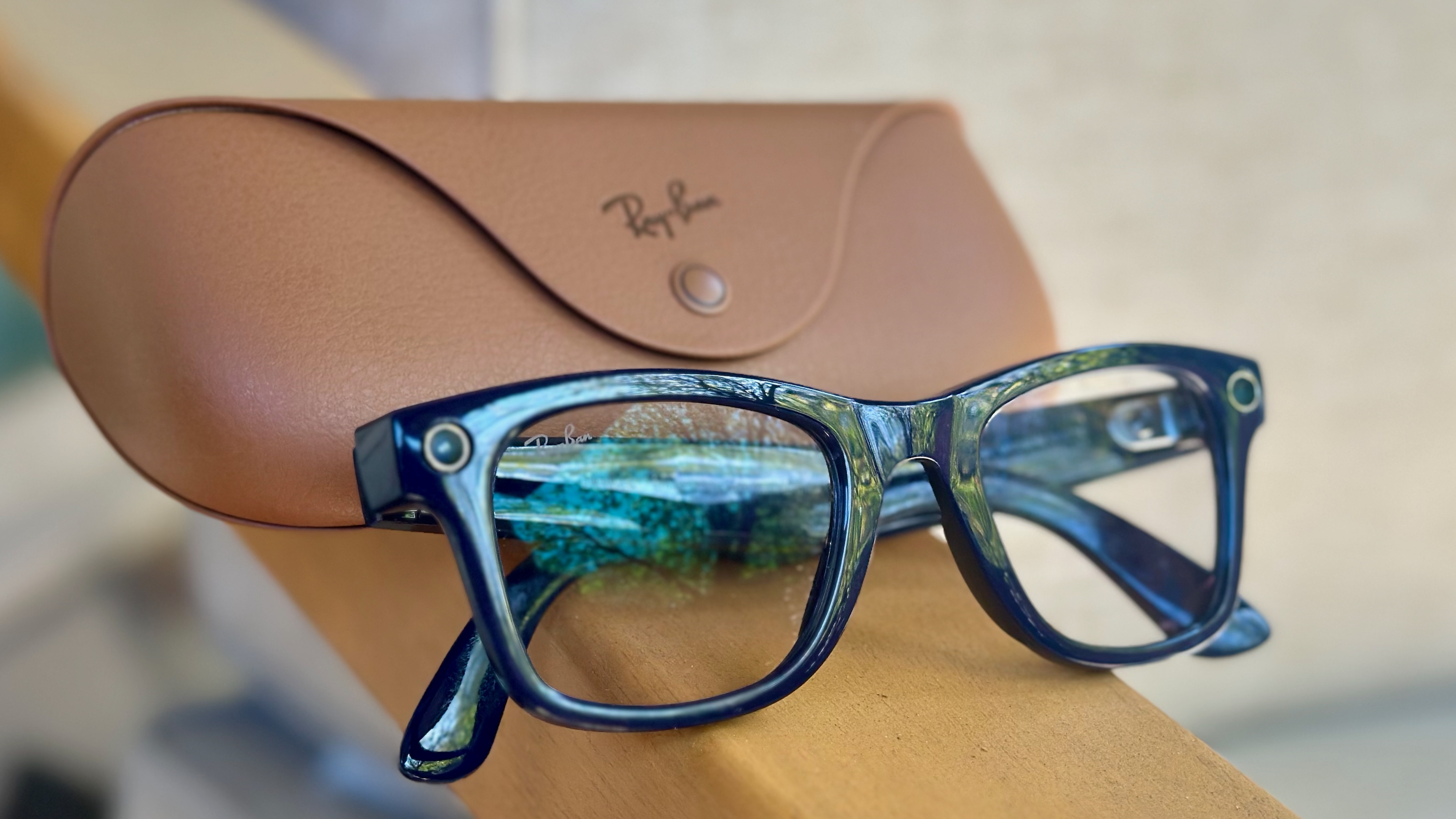
As a runner, I'm used to buying tech specifically suited for my runs and workouts. I have smartwatches and earbuds that are only used while running, for instance. Oakley Meta Vanguard are ideal for similar use cases. They're absolutely stellar for hiking, running, and working out, but it'd be impossible to pull them off in a coffee shop.
Naturally, that limits how often you'll feel comfortable wearing your $500 smart glasses, so you'll have to decide if the value proposition makes sense for your workout needs. Other concerns include weight and comfort — at well over 60 grams, Vanguard might feel unwieldy for those not used to wearing heavy shades while working out. If you can get past those limits, the Vanguard are the best smart glasses for fitness buffs.
The Ray-Ban Meta (Gen 2) are for everyone else. These smart glasses try to do it all and fit in during nearly all situations. That's evidenced by their classic Ray-Ban styles, which won't look out of place in a mall or restaurant. With Meta AI support, a 3K video camera, eight-hour battery life, and open-air speakers, the Ray-Ban Meta (Gen 2) manage to deliver the same core tech as Vanguard while being more approachable.
The best for most
Ray-Ban Meta Gen 2 are the pinnacle of smart glasses, and they'll be able to handle a variety of situations, from casual wear to daily runs. The available styles ensure they'll blend in, even if they won't be as comfortable as Vanguard for intense workouts. With a 3K camera, open-air speakers, and up to eight hours of battery life, Ray-Ban Meta Gen 2 has all the specs you need.
A winner for sports
Oakley Meta Vanguard are an excellent pair of smart glasses, but they're purpose-build for one use case — sports and fitness. Vanguard will be the clear winner for use cases like hiking, biking, or running, but it'll be hard to make them a good fit for casual use.







